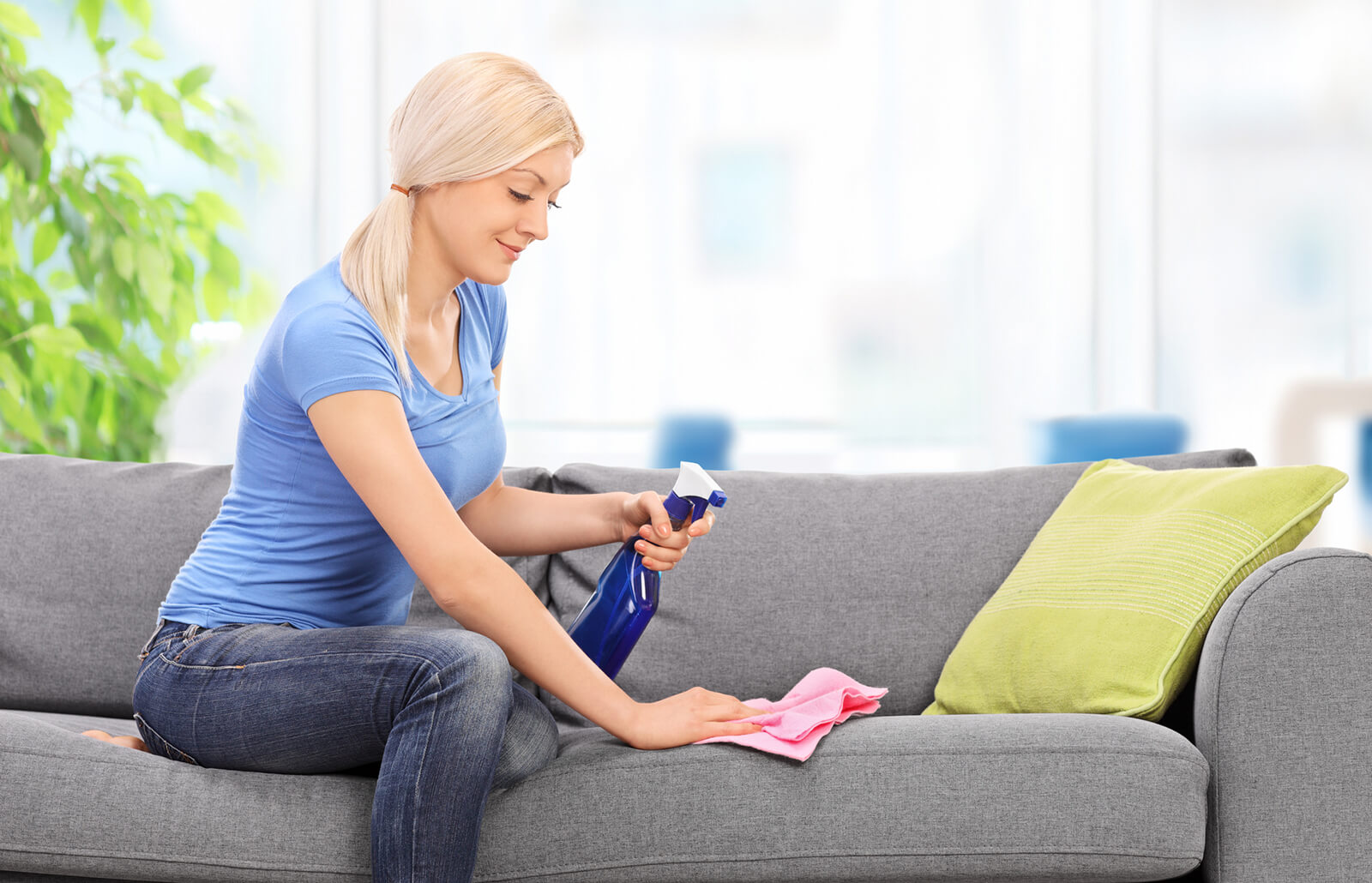

Articles
How To Kill Lice On Furniture
Modified: January 18, 2024
Looking for effective ways to eliminate lice on furniture? Discover our expert tips and tricks to safely remove lice from your beloved furniture.
(Many of the links in this article redirect to a specific reviewed product. Your purchase of these products through affiliate links helps to generate commission for Storables.com, at no extra cost. Learn more)
Introduction
Welcome to the ultimate guide on how to effectively kill lice on furniture. Lice infestations can be a frustrating and uncomfortable experience, but with proper knowledge and techniques, you can conquer this pesky problem and ensure a lice-free environment in your home.
Lice are small, wingless insects that thrive in human hair and infestations can easily spread to bedding, clothing, and yes, even furniture. While lice primarily rely on the human scalp for survival, they can survive for a short period of time on inanimate objects, making it crucial to address lice infestations holistically by treating both the affected individual and the environment they live in.
In this comprehensive guide, we will explore the various steps you can take to eliminate lice from your furniture, ranging from natural remedies to chemical treatments. We will also discuss important preventative measures to help minimize the risk of reinfestation.
Please note that these methods are intended for furniture such as upholstered chairs, couches, and mattresses. Non-porous surfaces like wood or plastic furniture may require different approaches.
So, let’s dive in and learn how to effectively tackle lice infestations on furniture!
Key Takeaways:
- Say goodbye to lice infestations on furniture with natural remedies like heat treatment, essential oils, and vinegar solutions. These safe, chemical-free options effectively eliminate lice and their eggs.
- Prevent lice reinfestation on furniture by regularly washing linens, limiting shared personal items, and using lice-repellent sprays. These simple measures help maintain a lice-free environment for your family.
Read more: How Long Do Lice Live On Furniture
Understanding Lice Infestation on Furniture
Before we discuss how to tackle lice infestations on furniture, it’s important to understand how lice can end up on your household items. Lice are highly contagious and can easily spread from person to person through direct contact or by sharing personal items like hats, combs, or pillows.
When an infested individual comes into contact with furniture, lice may transfer onto the fabric or upholstery. Lice eggs, known as nits, can also be found on the hair strands and easily fall onto furniture surfaces.
It’s important to note that lice cannot survive for an extended period of time without a human host. They rely on human blood for sustenance and can only survive off the scalp for a short while, usually less than 24 hours. However, it’s still essential to address lice infestations on furniture to prevent reinfestation and the potential spread to other individuals.
Identifying lice infestation on furniture can be challenging, as the insects themselves are tiny and move quickly. However, some signs to look out for include the presence of nits, which are typically small, oval-shaped eggs attached to the strands of fabric or upholstery. Adult lice or nymphs, which are the immature lice, may also be visible on the furniture surface.
If you suspect lice infestation on your furniture, it’s important to act promptly. Leaving the infestation untreated can lead to further spread and reinfestation.
Now that we have a better understanding of how lice can infest furniture, let’s move on to the next step: preparing for treatment.
Preparing for Treatment
Before you begin treating lice on your furniture, it’s essential to take some necessary precautions to ensure the effectiveness of the treatment and minimize the risk of reinfestation. Here are some steps to follow when preparing for lice treatment on furniture:
- Isolate infested furniture: If you have identified specific pieces of furniture that are infested with lice, it’s best to isolate them from the rest of the furniture in your home. This will help prevent the lice from spreading to other areas.
- Remove all bed linens and covers: If the infestation is on a mattress or upholstered bed, remove all bed linens, covers, and pillowcases. Wash them in hot water and dry them on high heat to kill any lice or eggs that may be present.
- Vacuum the affected furniture: Use a vacuum cleaner with a hose attachment to thoroughly vacuum the infested furniture. Pay close attention to crevices, seams, and any areas where lice or nits may be hiding. After vacuuming, immediately empty the vacuum bag or canister to prevent any lice from surviving.
- Seal and isolate infested items: If there are smaller items such as stuffed animals or pillows that cannot be washed, seal them in a plastic bag and isolate them for a few weeks. This will help ensure that any lice or nits on these items die without having access to a human host.
- Wipe down surfaces: Use a damp cloth or disinfectant wipes to wipe down the surfaces of the furniture, including the arms, backrests, and cushions. This will help remove any lice or eggs that may be present on the fabric or upholstery.
- Consider professional cleaning: If you’re dealing with a severe infestation or if the furniture is difficult to clean on your own, it might be worth considering professional upholstery cleaning services. They have the expertise and specialized equipment to effectively remove lice and their eggs from the furniture.
By following these preparation steps, you’ll create an environment that is primed for lice treatment. Now, let’s explore the different methods you can use to treat lice on furniture, starting with natural remedies.
Natural Methods for Treating Lice on Furniture
If you prefer to use natural remedies to treat lice on your furniture, there are several effective options available. These natural methods are safe, chemical-free alternatives that can help eliminate lice and their eggs. Here are a few natural remedies to consider:
- Heat treatment: Lice are sensitive to heat, so exposing infested furniture to high temperatures can be an effective way to kill them. You can use a handheld steamer to steam the fabric and upholstery, focusing on areas where lice and nits are likely to be present. Alternatively, you can place infested items in a hot dryer for at least 30 minutes on the highest heat setting.
- Essential oils: Certain essential oils have insecticidal properties that can repel or kill lice. Tea tree oil, eucalyptus oil, and lavender oil are known to be effective against lice. Dilute a few drops of the chosen essential oil in water, and then spray the mixture onto the infested furniture. Be sure to test a small, inconspicuous area of the furniture first to check for any adverse reactions.
- Vinegar solution: Vinegar is a natural disinfectant that can help kill lice and their eggs. Mix equal parts of white vinegar and water and use a spray bottle to apply the solution to the infested furniture. Leave it on for a few hours, then wipe down the furniture with a clean cloth.
- Diatomaceous earth: This fine powder is made from fossilized algae and is highly effective at dehydrating and killing lice. Sprinkle diatomaceous earth onto the infested furniture, focusing on areas where lice are likely to be hiding. Leave it on for 24-48 hours, and then vacuum it off thoroughly.
- Air out in sunlight: Lice and nits are unable to survive for long periods of time without a host. On a sunny day, take the infested furniture outside and let it sit in direct sunlight for a few hours. The heat and UV rays from the sun can help kill lice and their eggs.
Remember to follow the instructions carefully for each natural remedy and repeat the treatment periodically to ensure all lice and eggs are eliminated. While these natural methods can be effective, it’s important to note that they may not provide immediate results and multiple treatments may be necessary.
Now that we’ve explored natural remedies, let’s move on to the next section: chemical treatments for lice on furniture.
Vacuum furniture thoroughly, then use a steamer on high heat to kill lice and their eggs. Wash any removable fabric covers in hot water and dry on high heat.
Chemical Treatments for Lice on Furniture
If you’re dealing with a stubborn lice infestation on your furniture, you may consider using chemical treatments to effectively eradicate the problem. Chemical treatments can offer quicker results and can be particularly useful for severe infestations. Here are some chemical treatments to consider:
- Pyrethrin-based sprays: Pyrethrins are natural insecticides derived from chrysanthemum flowers. Pyrethrin-based sprays are effective at killing lice and can be used on furniture. Follow the instructions on the product label for application and safety guidelines.
- Permethrin sprays: Permethrin is a synthetic chemical that is highly toxic to lice. It is commonly found in over-the-counter lice treatments. Permethrin sprays can be used on furniture, but it’s important to carefully read and follow the instructions provided by the manufacturer.
- Lice-killing sprays: There are various lice-killing sprays available in the market specifically formulated to treat lice on furniture. These sprays contain chemicals that are designed to target lice and their eggs. Again, it’s crucial to follow the instructions provided on the product label.
- Foggers and bug bombs: For larger infestations or hard-to-reach areas, foggers or bug bombs can be used. These devices release a fine mist of insecticide that can penetrate crevices and cracks where lice may be hiding. Make sure to carefully read and follow the instructions as foggers can be hazardous if not used correctly.
When using chemical treatments, it’s important to prioritize safety. Follow all safety guidelines provided on the product labels and ensure proper ventilation in the treatment area. It’s also essential to consider the potential risks associated with chemical treatments, especially if you have children, pets, or individuals with respiratory issues in your household.
Always exercise caution when using chemical treatments and consult with a professional or pharmacist if you have any concerns or questions.
Now that we’ve explored chemical treatments, let’s move on to the final section: preventing lice reinfestation on furniture.
Read more: How Long Does Lice Live On Pillows
Preventing Lice Reinfestation on Furniture
Once you’ve successfully treated lice on your furniture, it’s essential to take preventive measures to minimize the risk of reinfestation. Here are some tips to help you prevent lice from returning to your furniture:
- Regularly wash and dry linens: Wash and dry bed linens, pillowcases, and any other fabric items that come into contact with your furniture regularly. Using hot water and high heat in the dryer will help kill any lice or nits that may be present.
- Limit sharing personal items: Avoid sharing personal items such as combs, brushes, hats, or scarves. Lice can easily transfer from one person to another through shared items.
- Encourage regular hair hygiene: Encourage family members to maintain good hair hygiene by regularly washing their hair and using lice-repellent shampoos or conditioners.
- Keep an eye out for signs of infestation: Stay vigilant and watch for signs of lice infestation on furniture, especially if someone in your household has had lice before. Early detection can help prevent the infestation from spreading.
- Vacuum regularly: Regularly vacuum your upholstery, cushions, and crevices in your furniture to remove any potential lice or stray nits. Dispose of the vacuum bag or empty the canister immediately after each use.
- Use lice-repellent sprays or natural deterrents: Consider using lice-repellent sprays on furniture or using natural deterrents like essential oils to discourage lice from infesting your furniture.
- Inform close contacts: If someone in your household or close contacts has had a recent lice infestation, inform them so they can take necessary precautions to prevent the infestation from spreading.
By implementing these preventive measures, you can help reduce the chances of lice reinfesting your furniture and keep your home lice-free in the long term.
Remember, lice infestations are manageable, and with appropriate treatment and preventive measures, you can successfully eliminate lice from your furniture and prevent their return.
We hope this guide has provided valuable insights and helpful tips to effectively tackle lice on furniture. With the right knowledge and actions, you can create a lice-free environment in your home and ensure the comfort and well-being of your family.
If you have any concerns or questions, consult with a healthcare professional or pest control expert for further guidance.
Good luck in your battle against lice!
Conclusion
Congratulations! You have reached the end of our comprehensive guide on how to kill lice on furniture. We hope that the information provided has empowered you with the knowledge and techniques needed to effectively address lice infestations and prevent their return.
Understanding the nature of lice infestations on furniture is crucial in developing a successful treatment plan. By isolating infested furniture, preparing the area for treatment, and using natural or chemical methods, you can combat lice effectively. It’s important to choose a method that aligns with your preferences and safety considerations.
Furthermore, implementing preventive measures is key to keeping your furniture lice-free in the long term. Regularly washing linens, limiting the sharing of personal items, and maintaining good hygiene practices can significantly reduce the risk of reinfestation.
If you encounter a particularly stubborn lice infestation or feel overwhelmed, don’t hesitate to seek professional help. Pest control experts or healthcare professionals can offer guidance and specialized treatments to address the issue effectively.
Remember, lice infestations can be frustrating, but with patience, consistency, and proper treatment, you can successfully eliminate lice and regain control over your furniture and living space.
Thank you for reading our guide, and we wish you the best in your endeavor to create a lice-free environment for you and your loved ones!
Frequently Asked Questions about How To Kill Lice On Furniture
Was this page helpful?
At Storables.com, we guarantee accurate and reliable information. Our content, validated by Expert Board Contributors, is crafted following stringent Editorial Policies. We're committed to providing you with well-researched, expert-backed insights for all your informational needs.
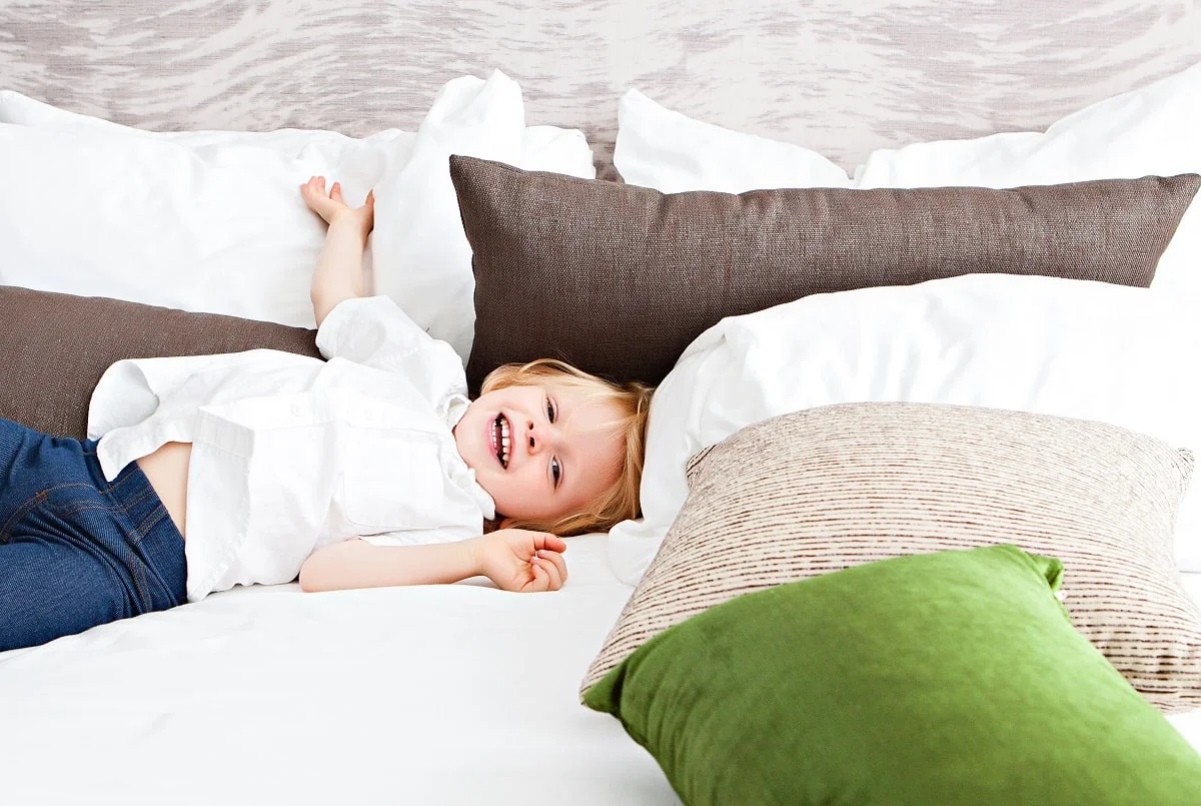
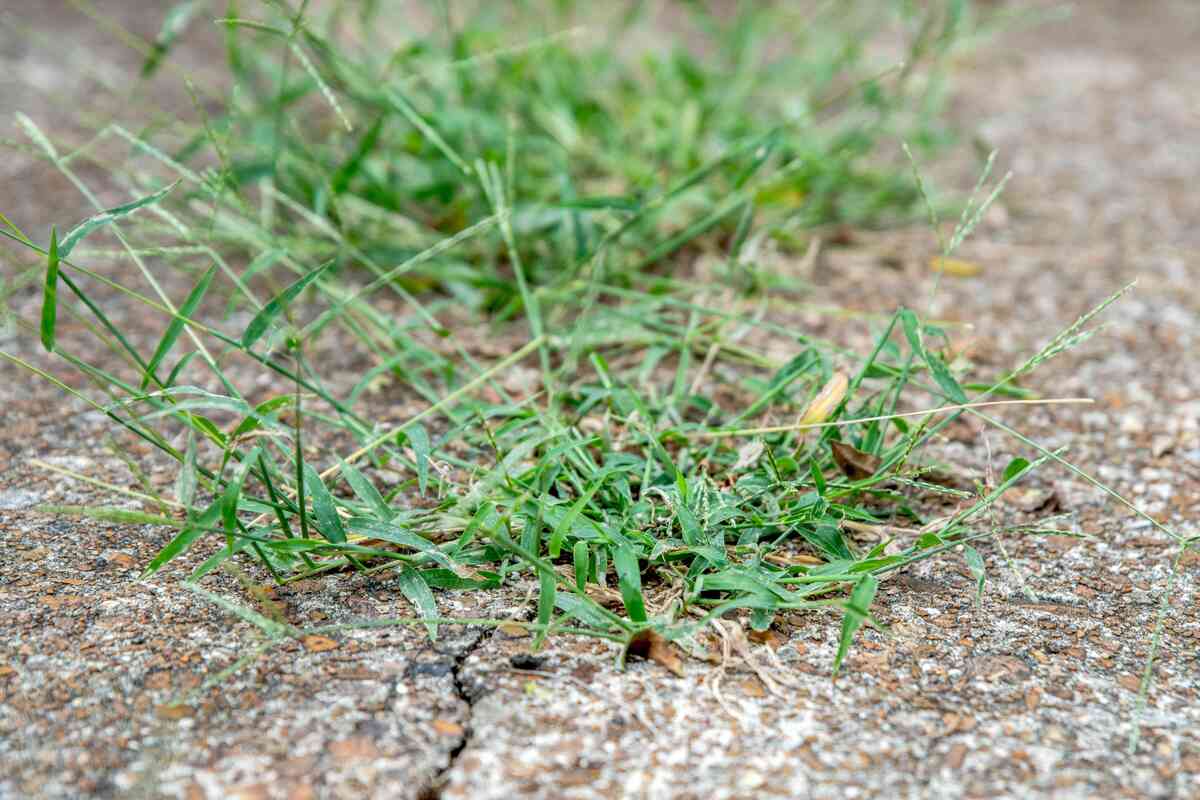
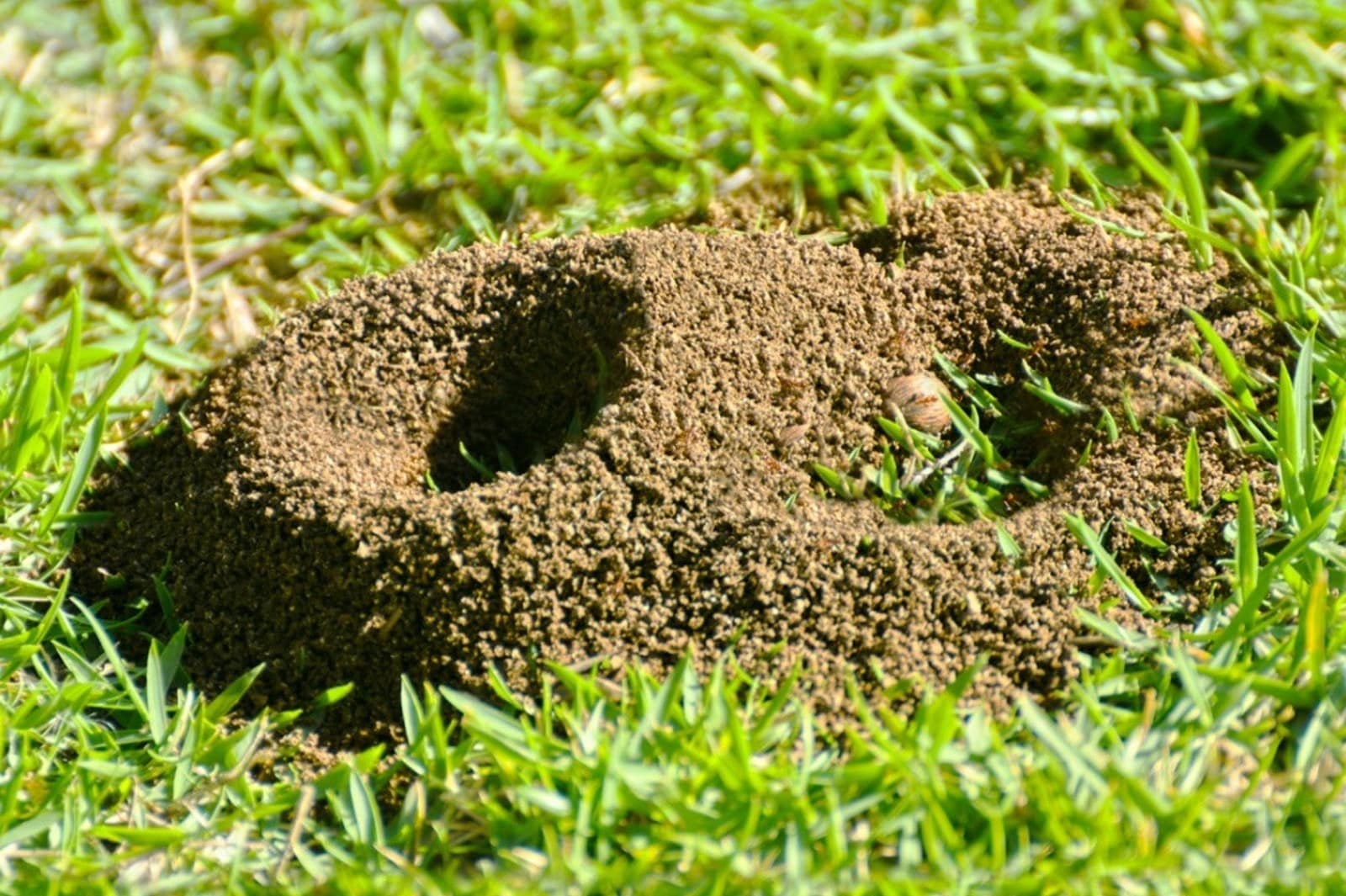
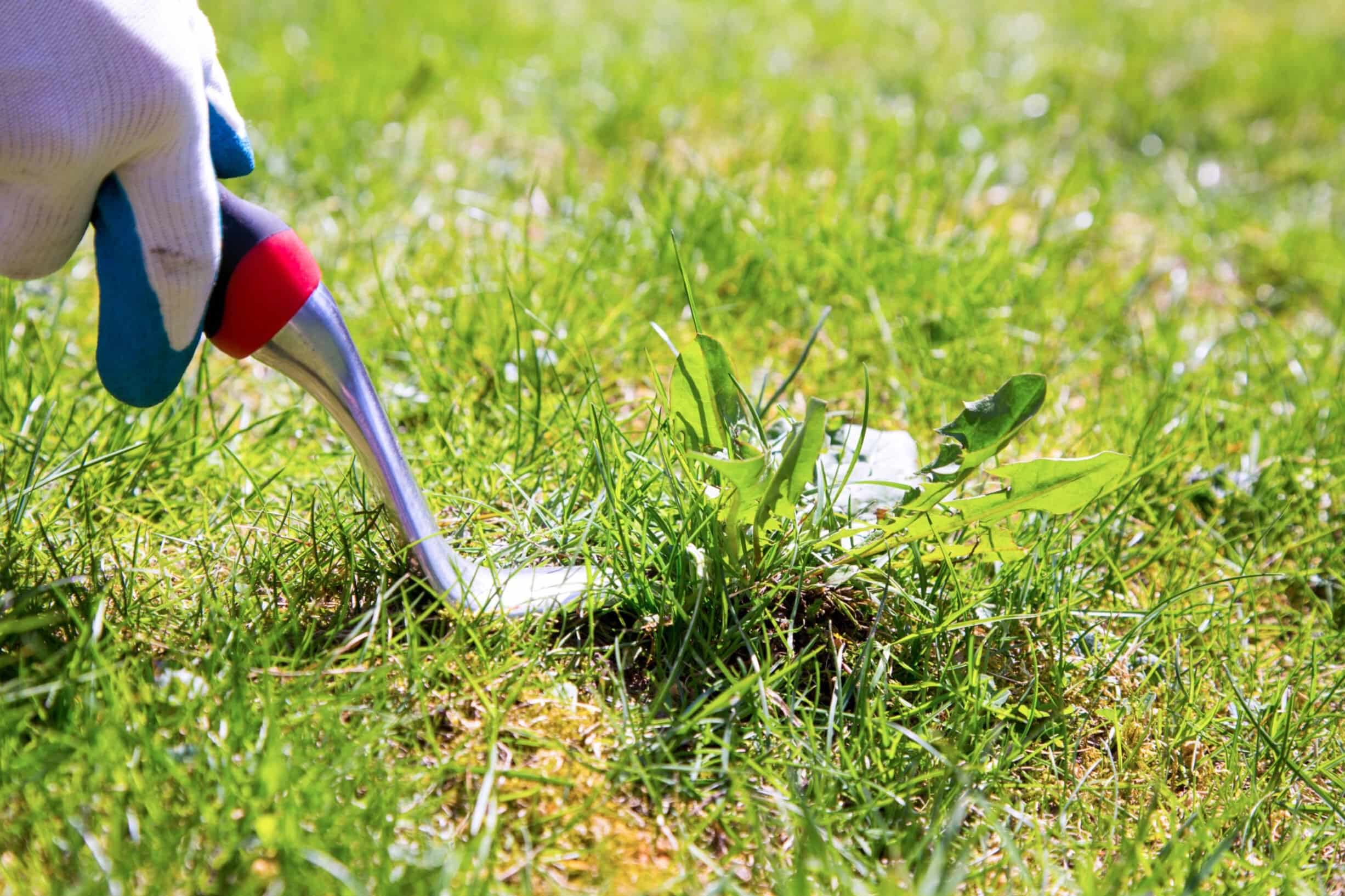

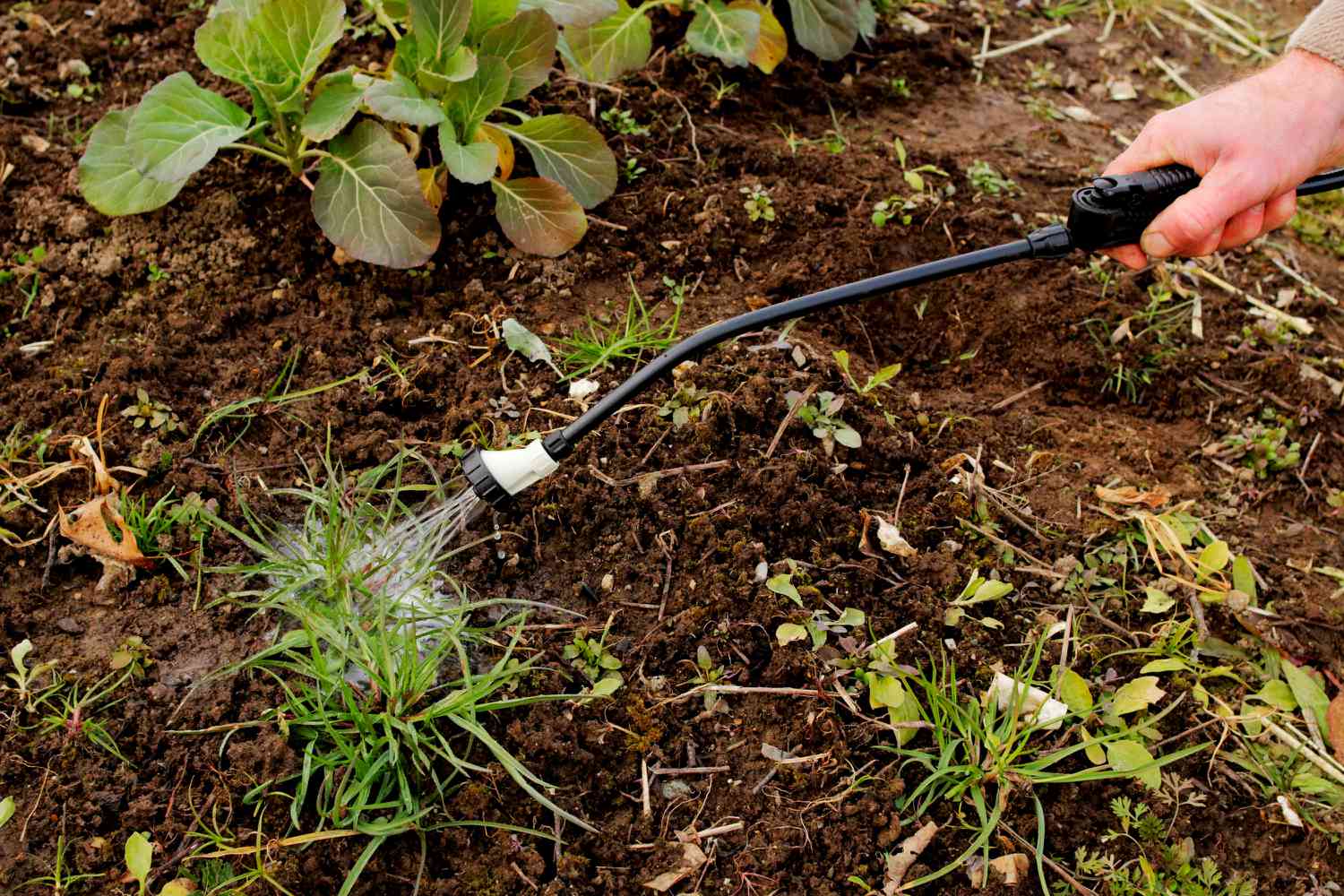
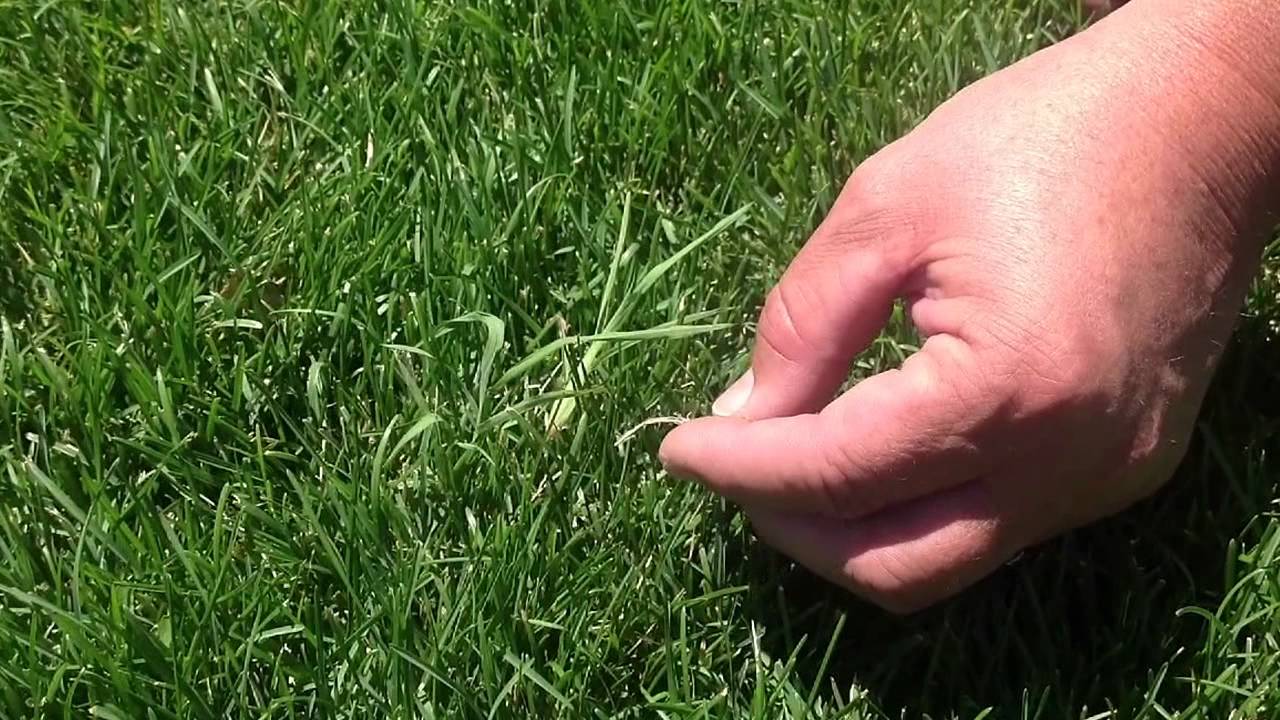
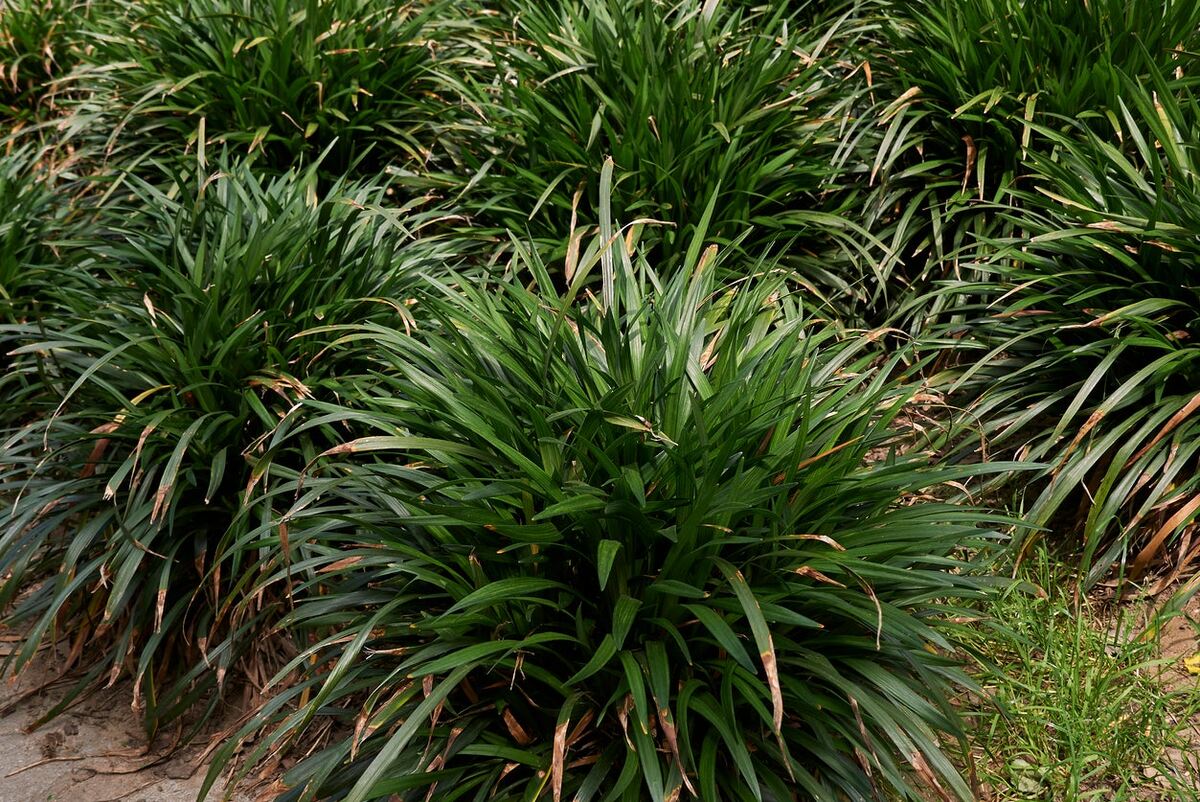
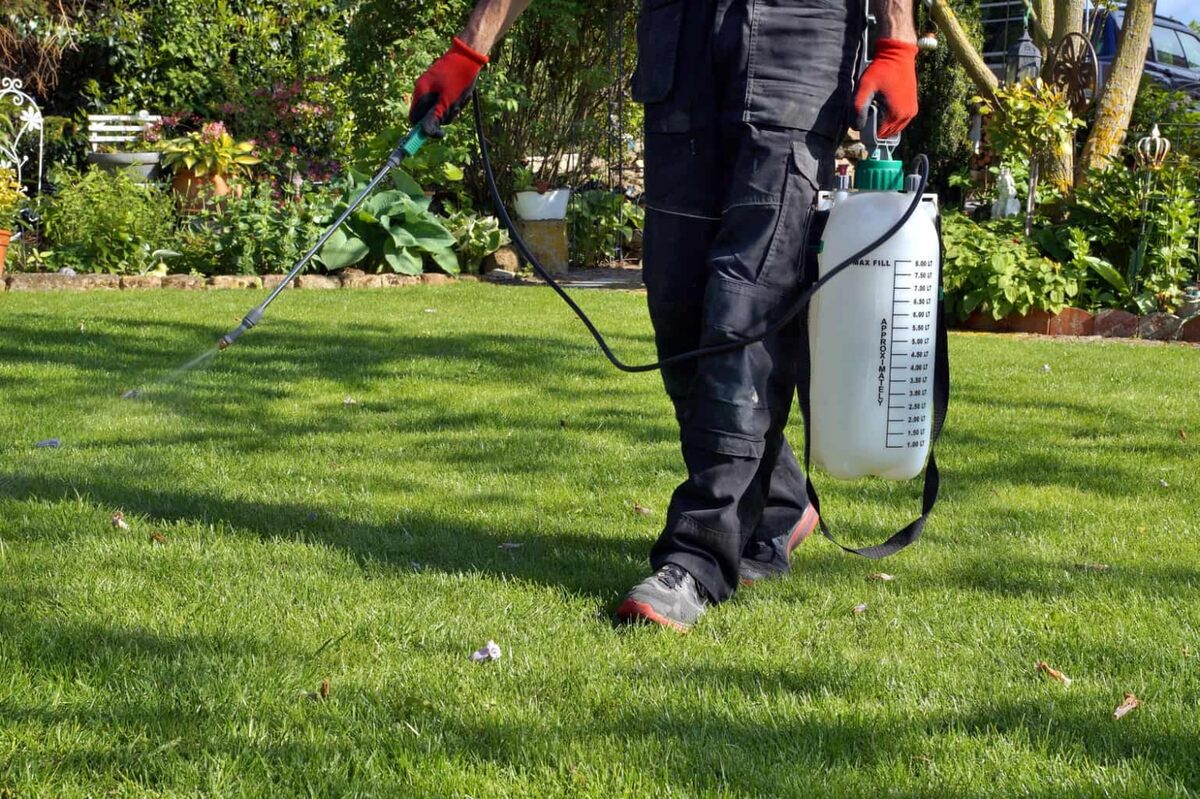
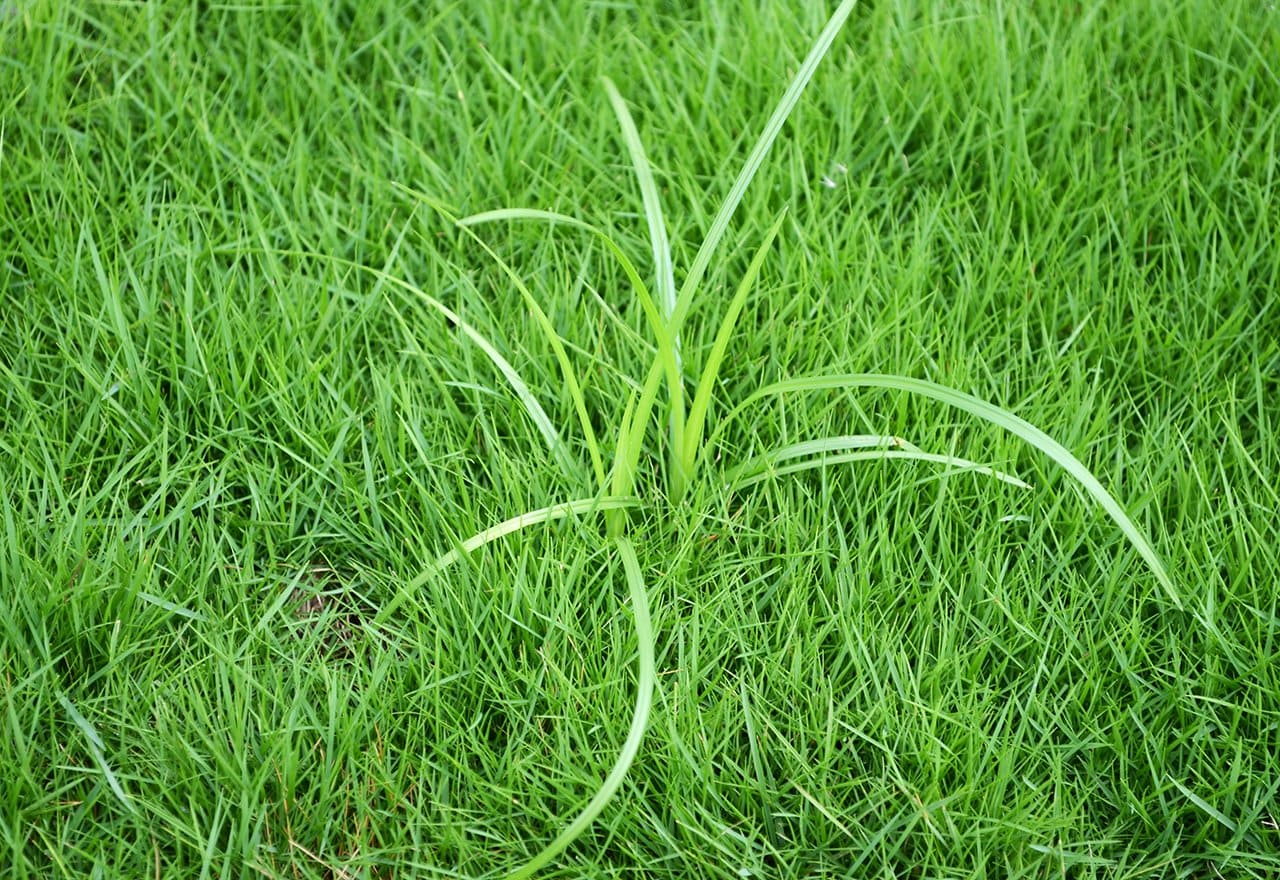
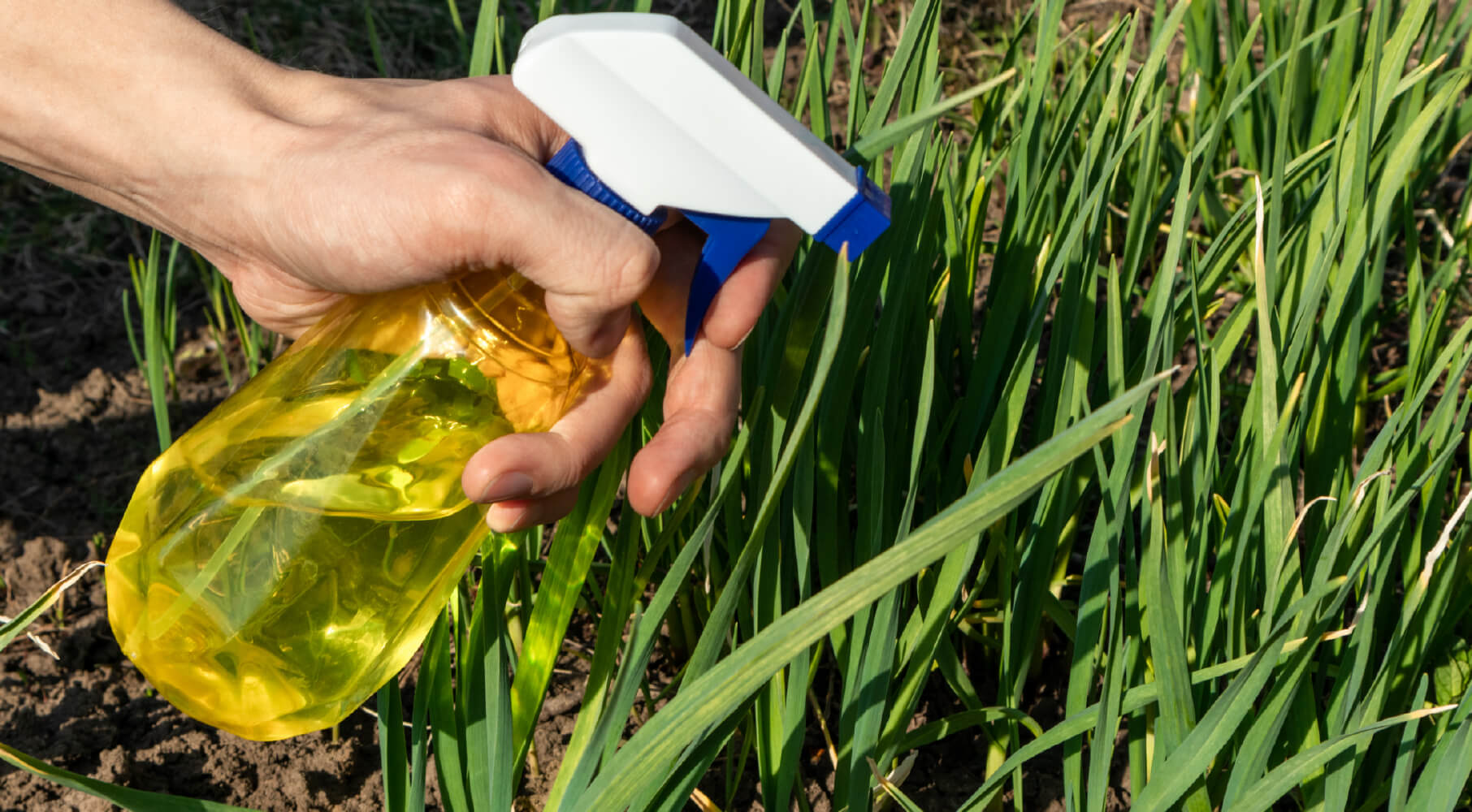
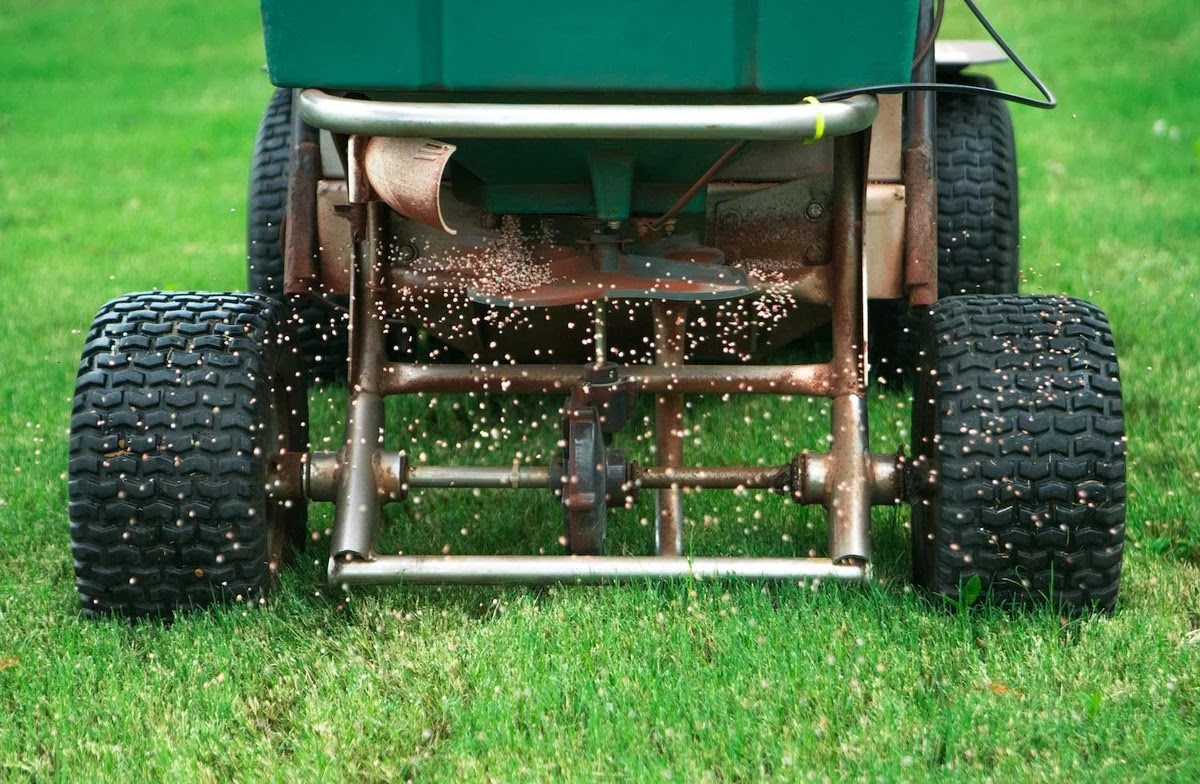
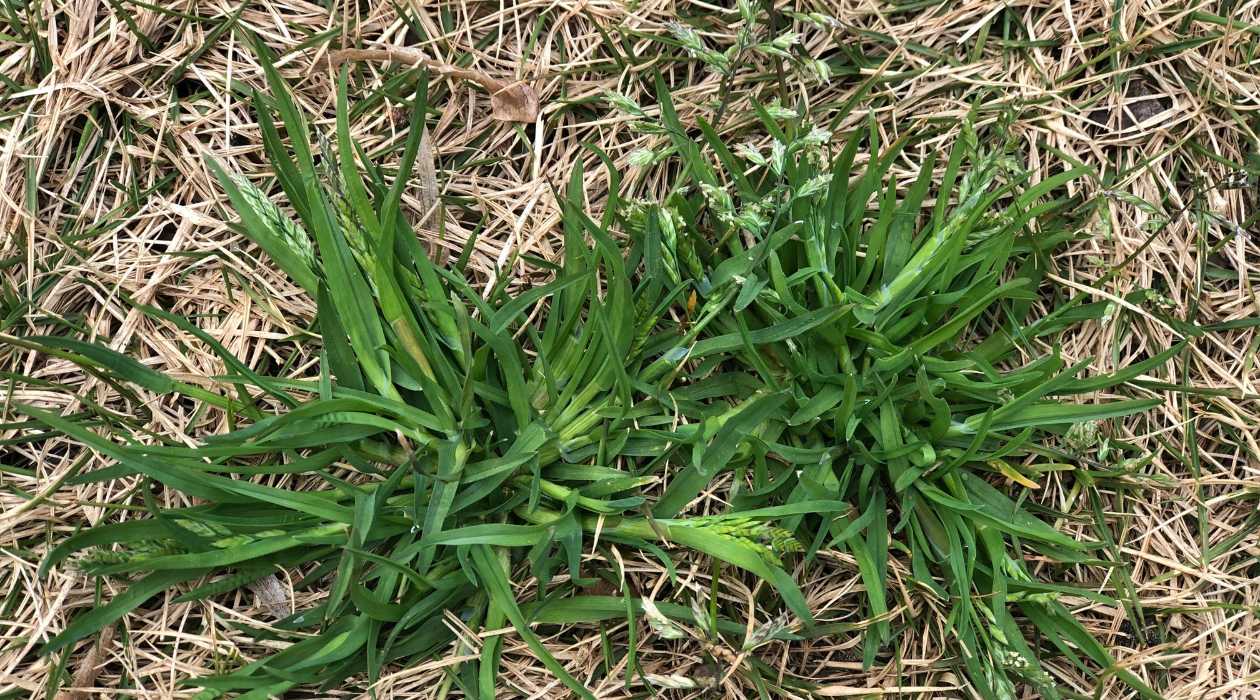
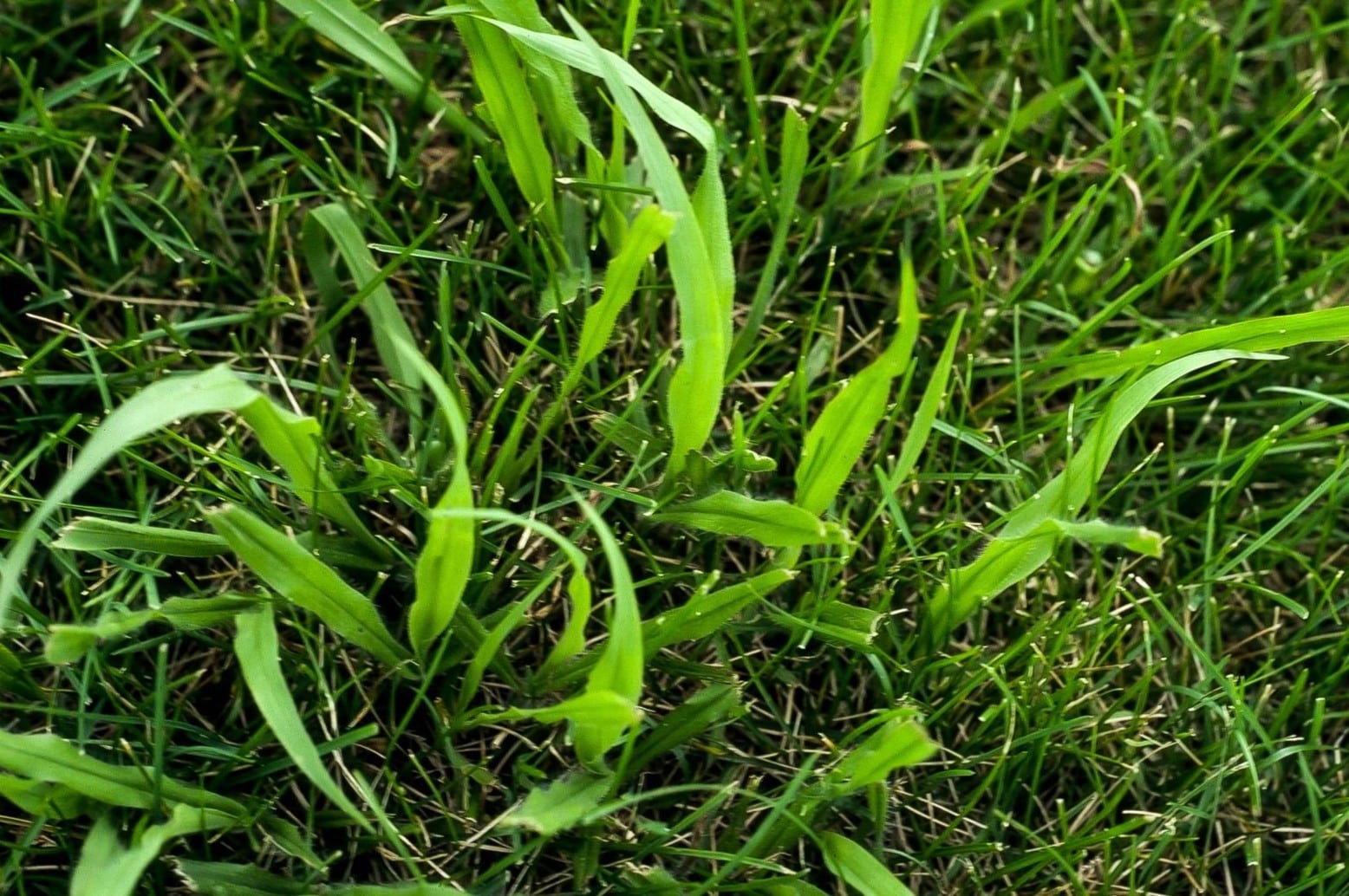

0 thoughts on “How To Kill Lice On Furniture”